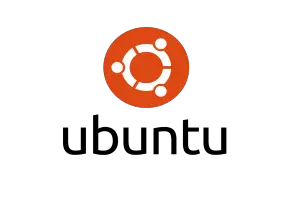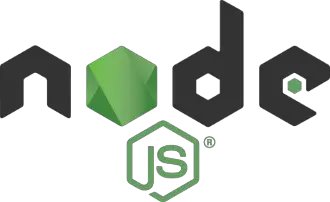Physical Address
304 North Cardinal St.
Dorchester Center, MA 02124

Today we’ll look at installing NGINX on a freshly installed server running Ubuntu 18.04 LTS. A little bit about NGINX: NGINX is a lightweight opensource web browser capable of serving static files using far lesser memory than Apache and handling…

Today we’ll learn how to find which version of Ubuntu you’re running. To do this, launch a terminal window and issue the following at the terminal: lsb_release -a The terminal window will throw back the version of Ubuntu currently installed,…

We’ll be looking into how to install Node.js on Ubuntu versions 16.04 LTS, 18.04 LTS and 19.04. We’ll install Node.js with NVM (Node Version Manager). This lets us install any version of Node.js and then switch between them with one command.…

Today we’ll look at how to monitor your servers performance and troubleshoot slowdowns on Ubuntu 16.04 LTS, 18.04 LTS and 19.04. We’ll use Nedata for this purpose. With Netdata you can instantly diagnose slowdowns and anomalies in your infrastructure with…

Today we’ll be looking at how to install the GeoIP module on Ubuntu 16.04 LTS, 18.04 LTS and 19.04 for NGINX. You may come across an error like the following while trying to compile/install Nginx from source: ./configure: error: the…

Today we’ll look at how to install libxslt on Ubuntu 16.04 LTS, 18.04 and 19.04. You may need to install this if you want to compile and install NGINX from the source. An error requiring it may look something like…

Today we’ll be looking at how to install Ruby and RubyGems on Ubuntu 18.04 LTS and Ubuntu 19.04. The installation steps listed in this article will work for both versions of Ubuntu, 18.04 LTS and 19.04. A little bit about…

Today we’ll be looking at how to install MongoDB 4.2 on CentOS 7, Ubuntu 18.04 LTS and Ubuntu 19.04 A little bit about MongoDB as per their website: MongoDB is a general purpose, document-based, distributed database built for modern…

Today we’ll create a new user and grant it access to a single database in MongoDB. Start off by logging into mongodb with your admin/root user mongo -u ‘username’ -p ‘password’ –authenticationDatabase ‘admin’ You’ll land at a prompt like below…

Today we’ll look at how to create a new database in MongoDB. Connect to mongod via the following line, replace your credentials mongo -u ‘username’ -p ‘password’ –authenticationDatabase ‘admin’ If you’re successfully authenticated then you’ll see the following prompt: To…